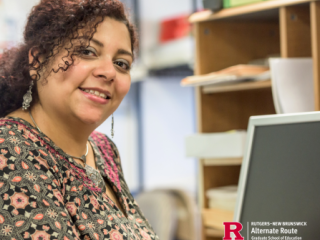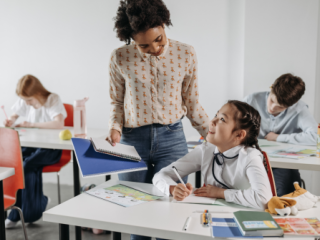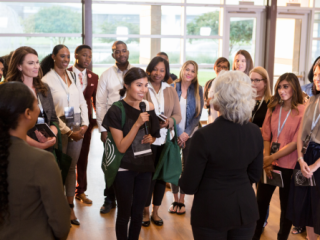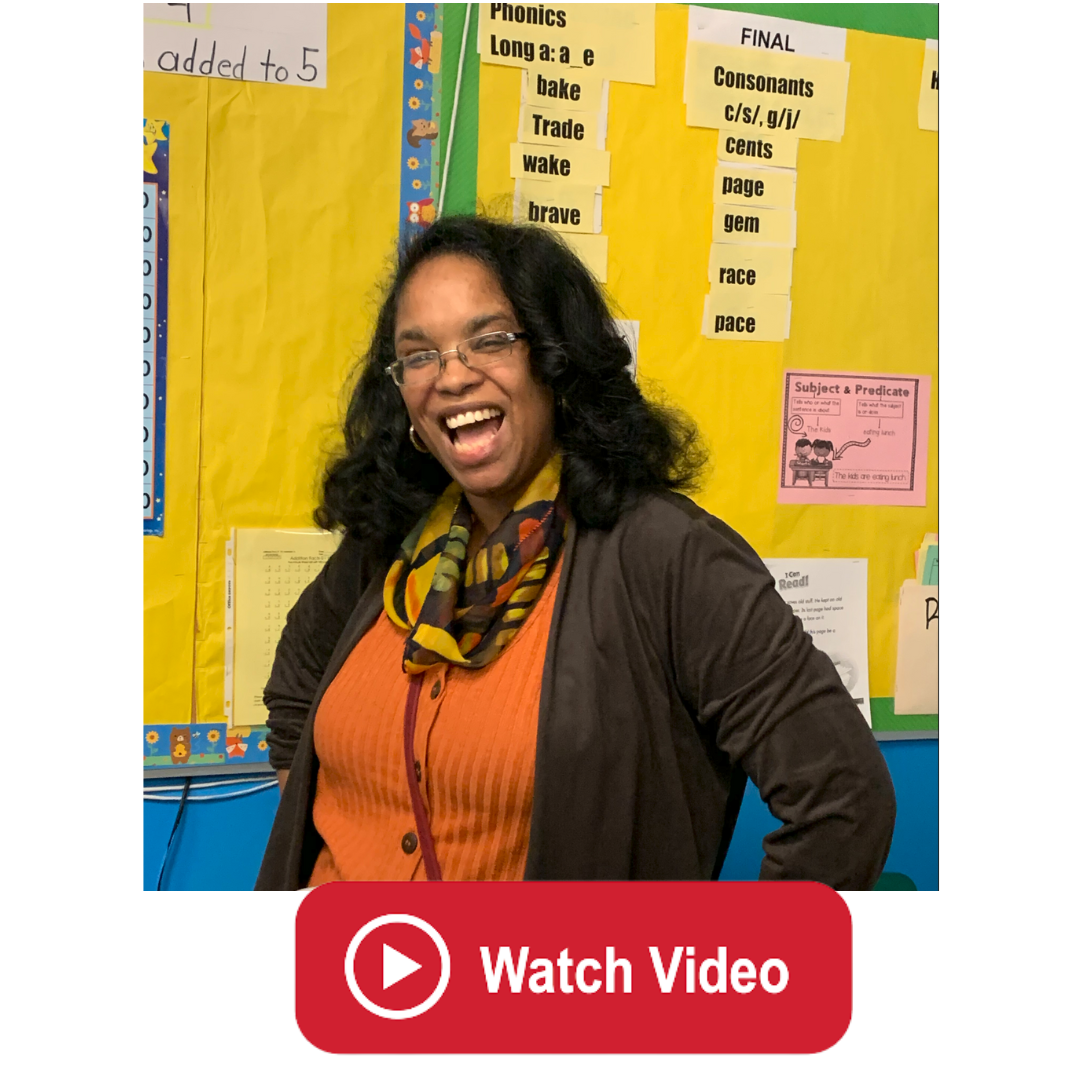Over the past six years, staffing agencies have grown to help address a serious teacher shortage. Districts that are stretched thin can turn to a staffing agency to save time recruiting, training and onboarding substitute teachers.
Agencies and districts collaborate well together, but what about the individuals navigating these systems? Is going with one more beneficial than going with the other? To find out, we searched a few subreddits to get opinions of people with direct experience.







